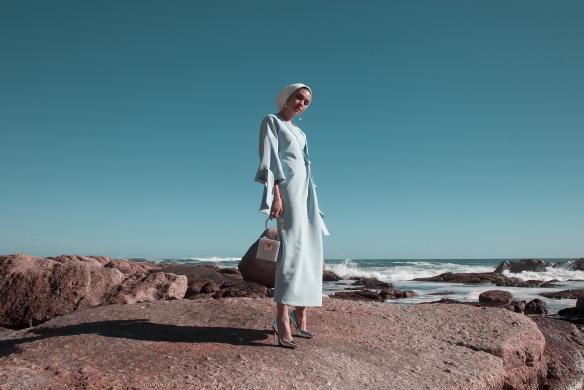 Fashion blogger and stylist Nabilah Kariem
Fashion blogger and stylist Nabilah Kariem
Rizqua Barnes, a Cape Town-based photographer, is someone who has been at the forefront of the new wave of female photographers who have gained well deserved recognition and praise.
“Currently, with smartphones offering high definition cameras, just about anyone can label themselves as a photographer. However, it’s the professionals such as Barnes who stand out”
The designated playing fields are social media platforms such as picture driven Instagram, Facebook and Pinterest. Photographers and bloggers alike compete for a spot in glossy magazines, newspaper and online portals. The leading and popular photographer genres include general photography, socials, portraits, nature and fashion.
Carving your spot at the top is not easy, and like any other career, the field requires hard work, focus and individuality, says Barnes.
I first met Barnes about two years ago on live video sharing platform Snapchat. Her snaps (pictures of her daughter Nura melted my heart) and her everyday life intrigued me. Her diverse professional portfolio on Instagram includes photos of models, personalities, fashion bloggers and just about every other thing that catches her eye.
Curious about how she became a photographer, I asked her: “When was the first time you picked up a camera?”
She said: “I was in Standard 5 (grade 7). I don’t remember what type of camera it was exactly but I got it from my aunt and it was a film camera. I borrowed it for camp.
“I was way too young at the time and never really gave it much thought. Thinking about it now, taking pictures is something that I have always enjoyed.
“My dad Fuad Barnes had a camera as well and was always taking pictures of our family. When I finished school, my sister Quanita borrowed loaned me her camera when we went on holiday and I took pictures of everything.
“I went on a paddling boat and the camera fell into the ocean we still laugh about this until today. Since then I am always super careful with a camera.
“I was always obsessed with sunlight, light and trees. There is a certain time during the day, the hour before sunset, when the sun shines on spots which are usually hidden during the day the golden hour, it’s called”
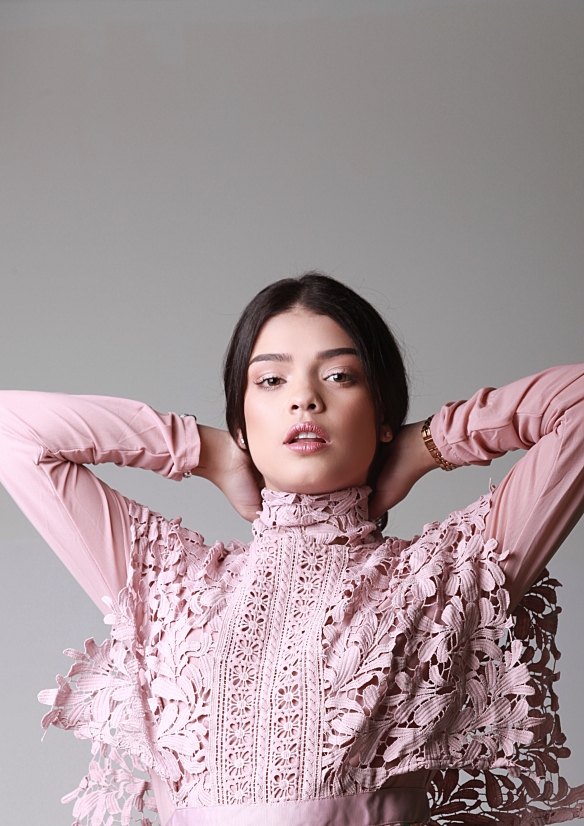
Model Ashleigh Herman wearing The Design Wearhouse
Now a fully fledged “Girl Boss” #GirlBoss , Barnes credits Facebook for propelling her career to where she is now.
“I have been on my toes since the beginning of my career and I am still on my toes. Ever since Facebook happened, things have been happening for me and it hasn’t stopped,” she says.
“From weddings to engagements to 21st birthdays, matric dances and family photos. I have shot everything. Everything you can think of, I have shot it”
“But right now, I have found myself, after 10 years in the industry. I am currently enjoying fashion and portraits photography.
“All my life, I have always told myself that I want to be my own boss. I never want to work for anybody. I worked in retail for three years and it made me realise that I am worth more than a 9 to 5. I felt that I was wasting time being desk bound when I can be everywhere, meeting people, taking pictures and creating content. I have always been driven, entrepreneurship is just in my blood;
“There are times when working for yourself is scary but it’s worth it,” she says.
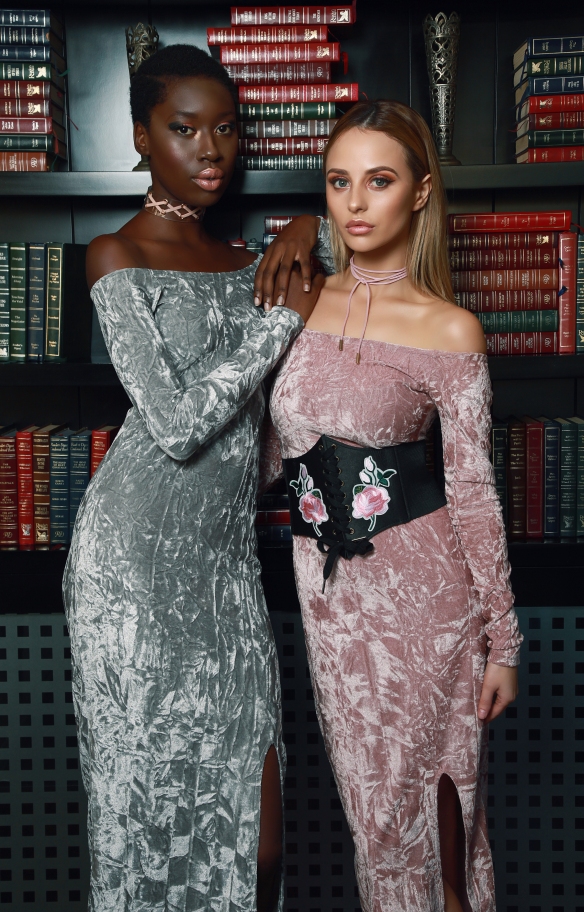
Models Wekwa Tenzi and Alina Castle wearing Shop Brett Robson
Her portfolio now also includes wedding photography, a category she fell into by chance.“More female Muslim photographers started popping up and this was a nice thing to witness. At times when I couldn’t take on more work because I had too much on my plate, I would refer clients to other female photographers.
“It was a big deal for me because at the time I felt as if I was the only female photographer amongst males, especially in the Muslim community which was very male dominated and it was tough.
“Men and the older generations didn’t take a female with a camera seriously.
“When more and more women photographers came onto the scene, it was like a weight off my shoulders.”
How does she go from being a wedding photographer to shooting glamorous models?
“With weddings, I became more of a people’s person. I actually know how to make people relax in front of a camera. It’s a power that we have as photographers,” she explains.
“In fashion, you are one-on-one with someone, and it’s such a big deal because it’s up to me to make the person comfortable. Whether or not you are an experienced model, you still get nervous”
“Currently, my aesthetic is a clean and fresh look, but yet I still want the photograph to pop. I still want people to go wow! When they see it, there should be little for me to explain in a picture.
“I always want the viewer to know what they are seeing immediately. The model needs to connect with the viewer,” adds Barnes
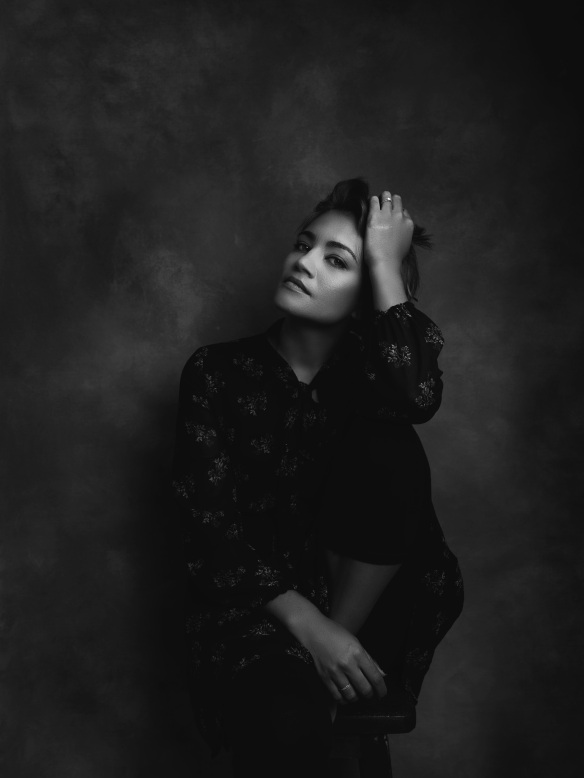
A portrait of Rizqua by Thabit Kamaldien
** Connect with Rizqua on Instagram https://www.instagram.com/rizqua_barnes/?hl=en
*See more of my work here: http://www.iol.co.za/lifestyle/style-beauty/fashion/5-menswear-trends-you-need-to-know-10442700
*See more What drives a designer?
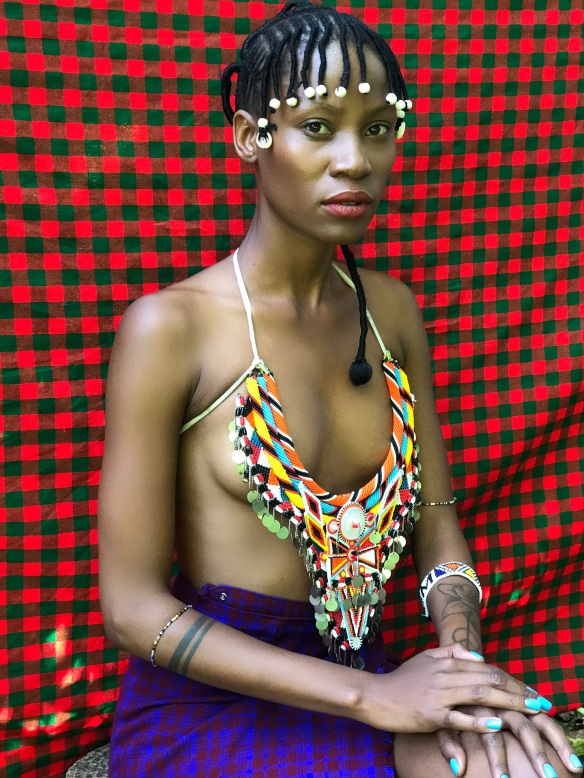
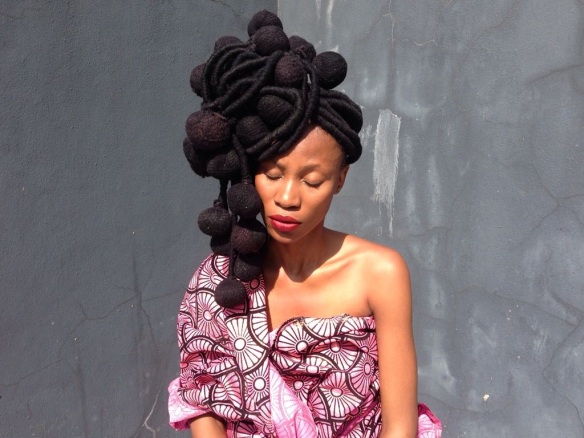
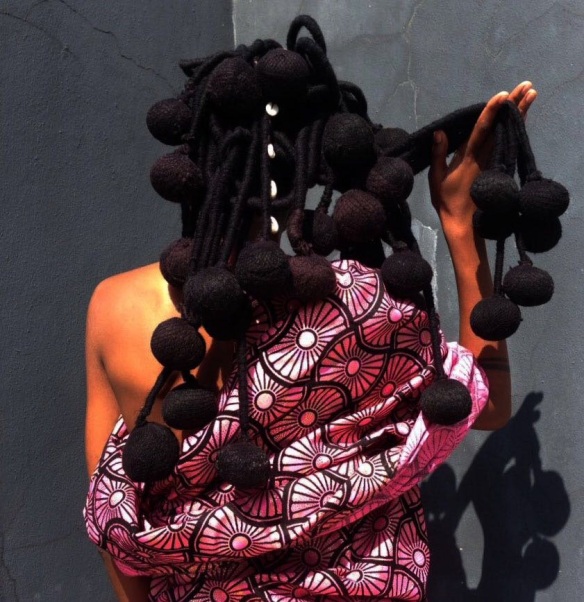 Picture by Nonzunzo Gxekwa
Picture by Nonzunzo Gxekwa 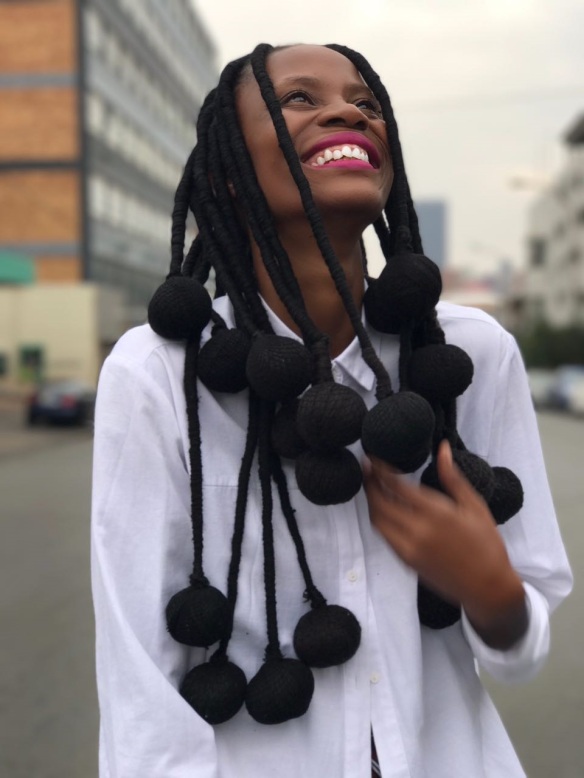
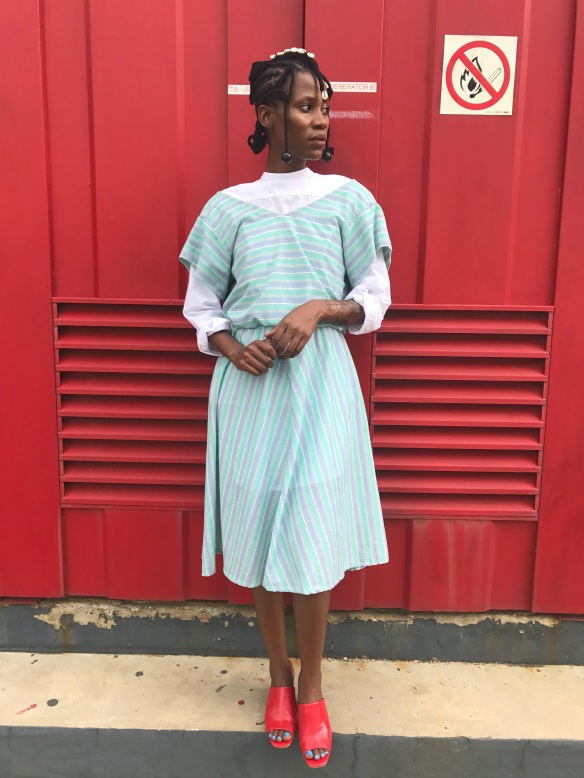
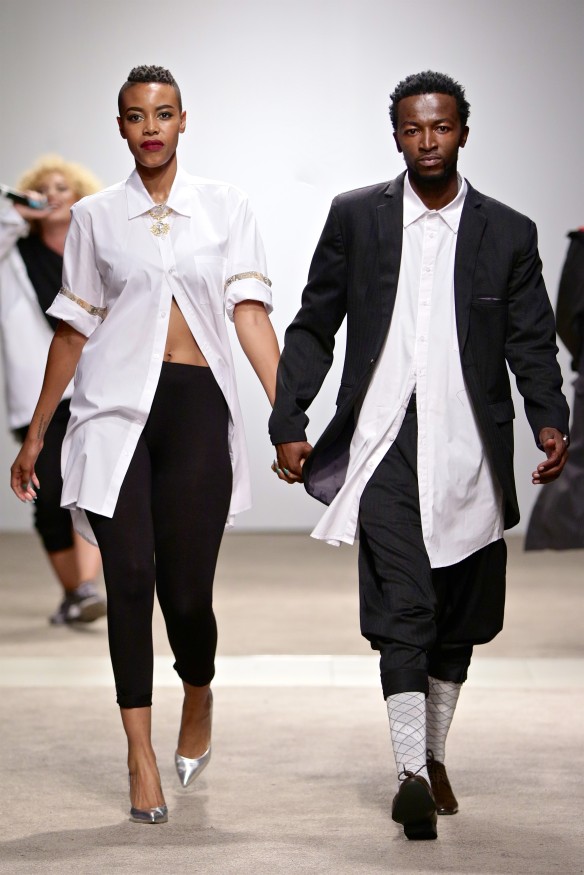 Picture: Simon Deiner/SDR Photo
Picture: Simon Deiner/SDR Photo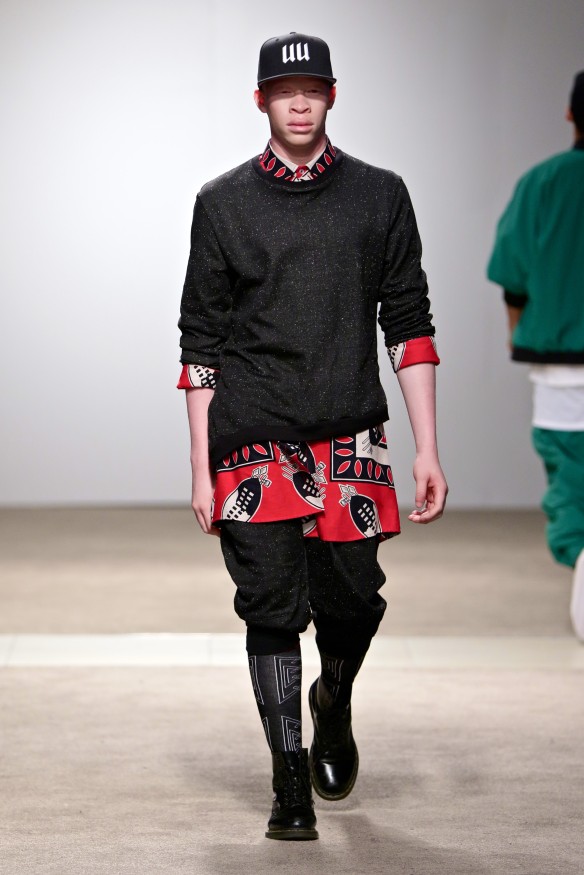
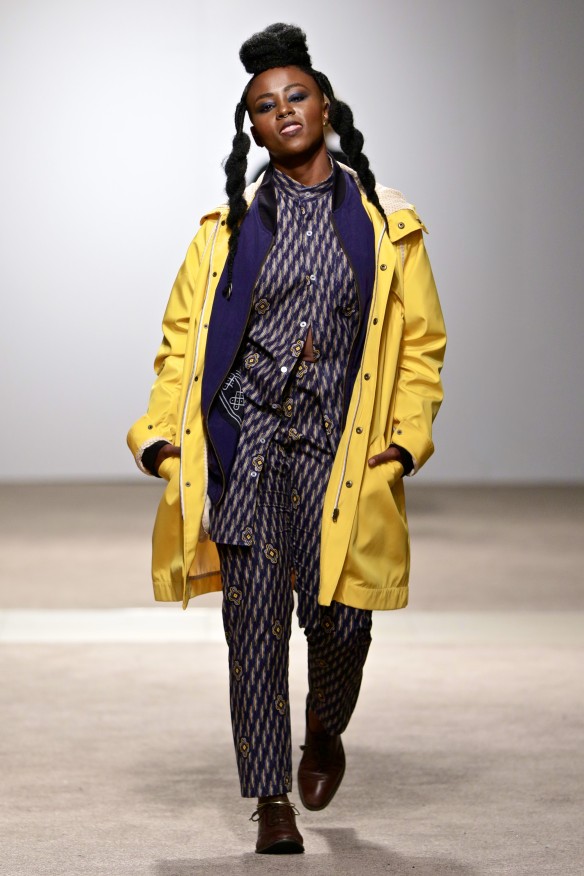
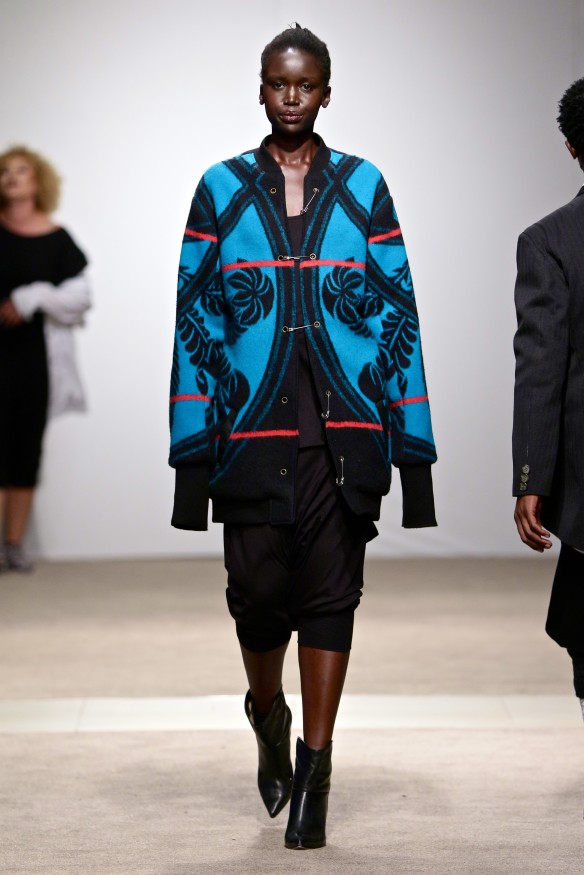 Picture: Simon Deiner/SDR Photo
Picture: Simon Deiner/SDR Photo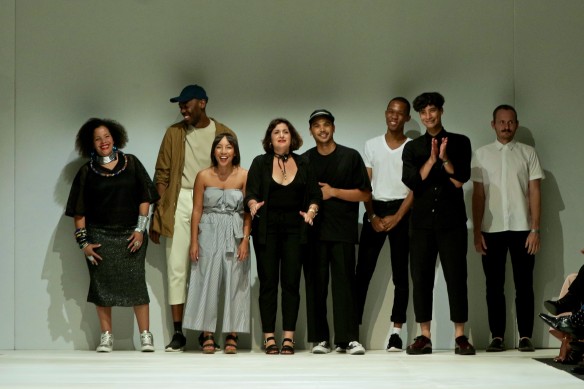 The Woolworths StyleBySA showcase by designers Rich Mnisi, Thebe Magugu, AKJP, Pichulik, Maria McCloy, Sol Sol, Selfi and Young&Lazy. Pic by Simon Deiner/SDR Photo
The Woolworths StyleBySA showcase by designers Rich Mnisi, Thebe Magugu, AKJP, Pichulik, Maria McCloy, Sol Sol, Selfi and Young&Lazy. Pic by Simon Deiner/SDR Photo

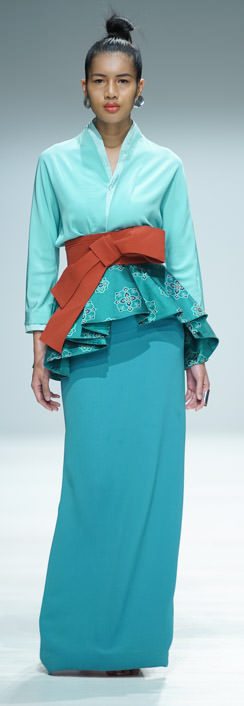
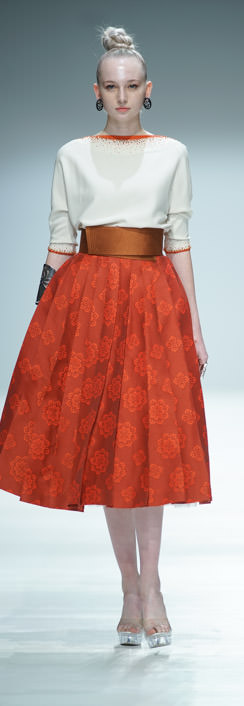


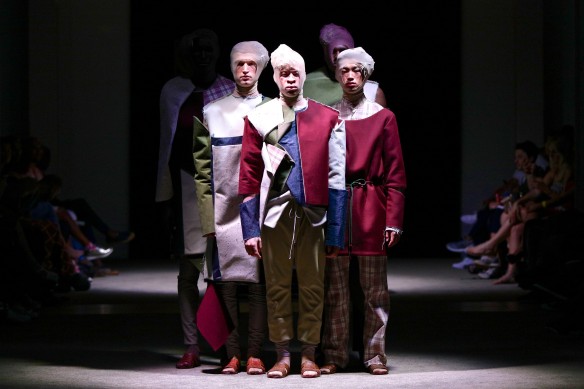
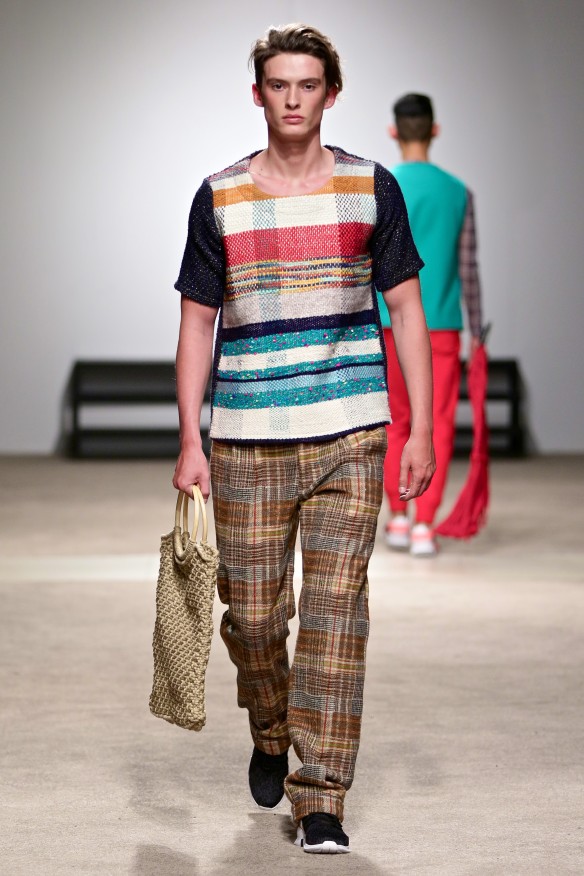
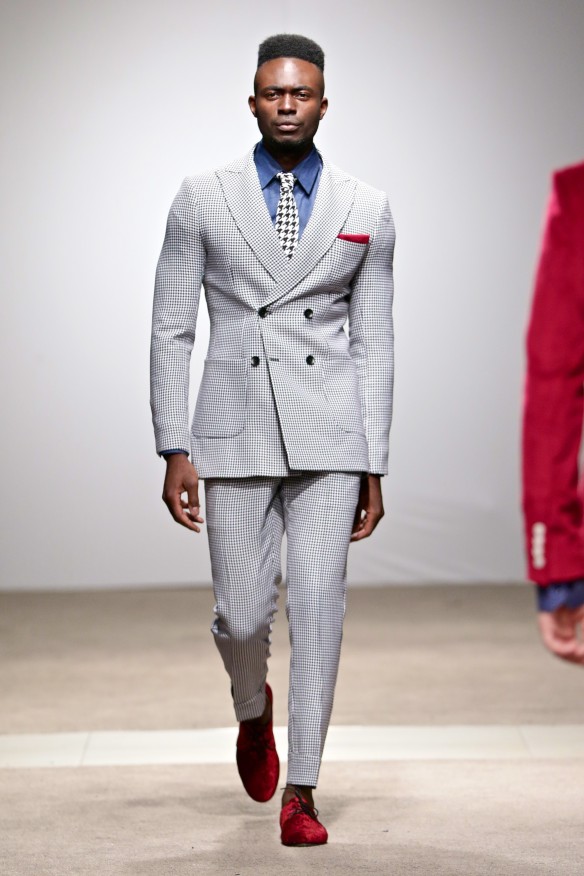 Mai Atafo Atalier picture by by Simon Deiner / SDR Photo
Mai Atafo Atalier picture by by Simon Deiner / SDR Photo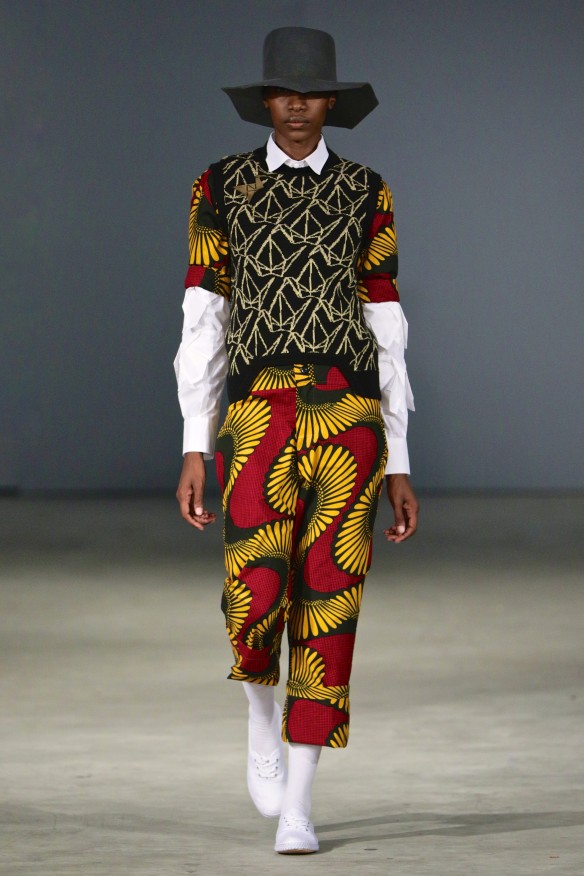
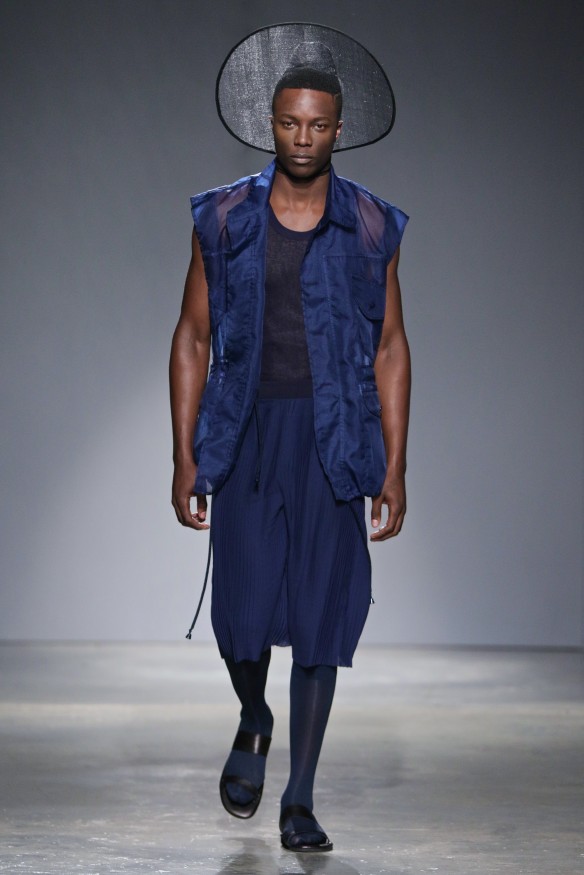
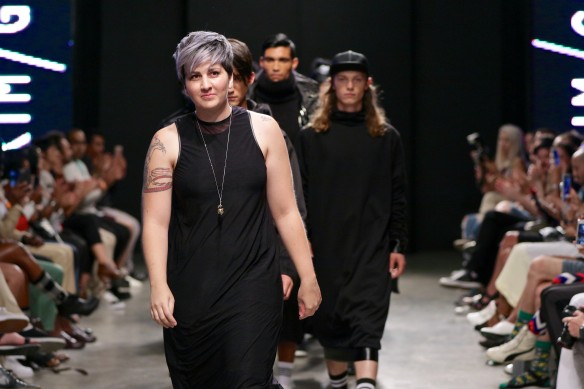
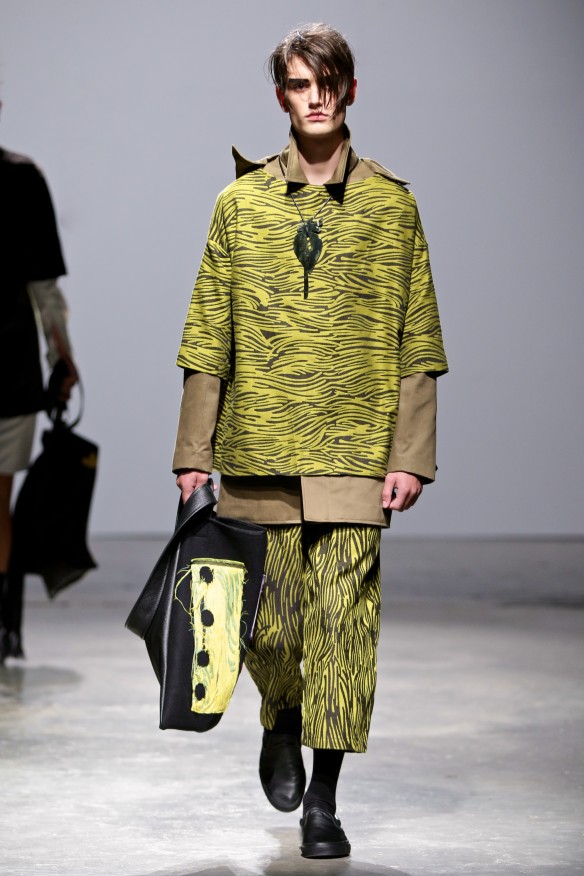
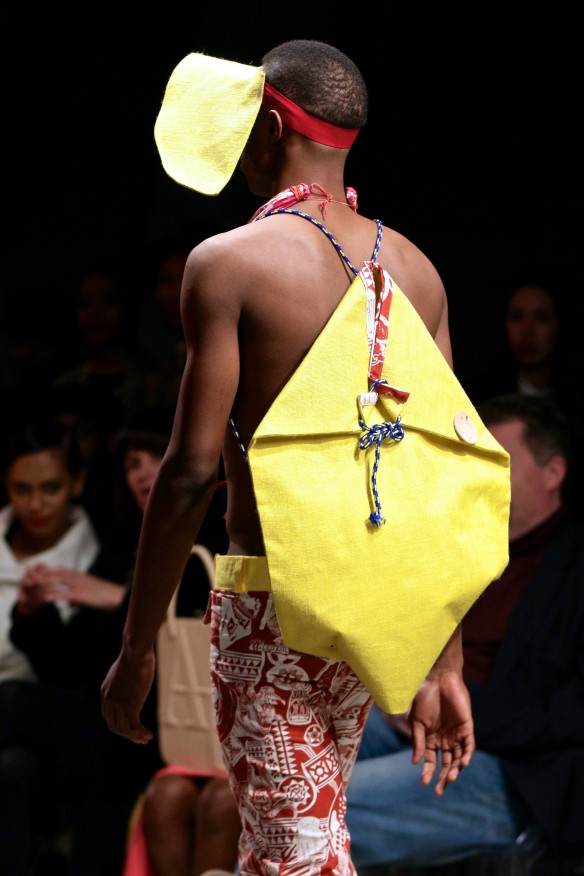
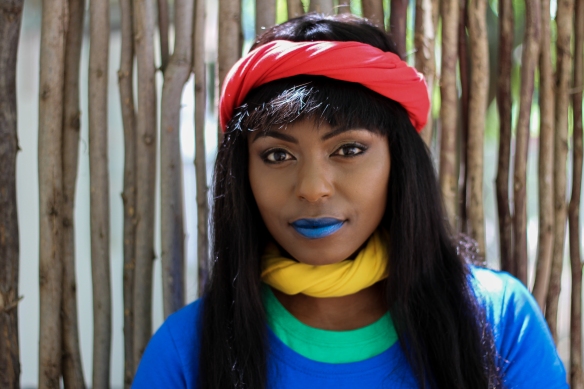
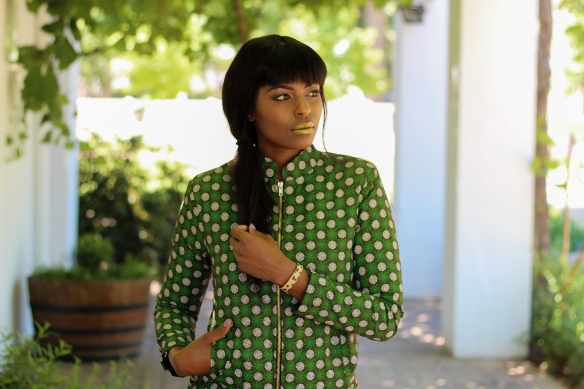
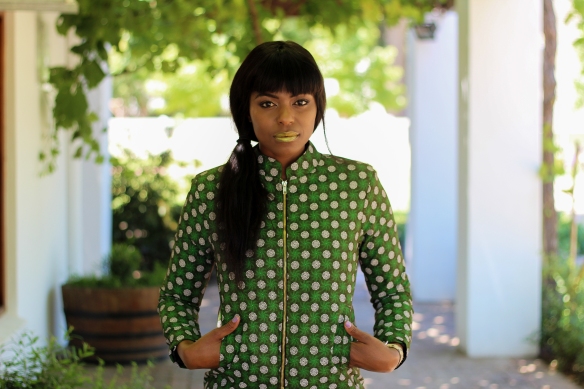
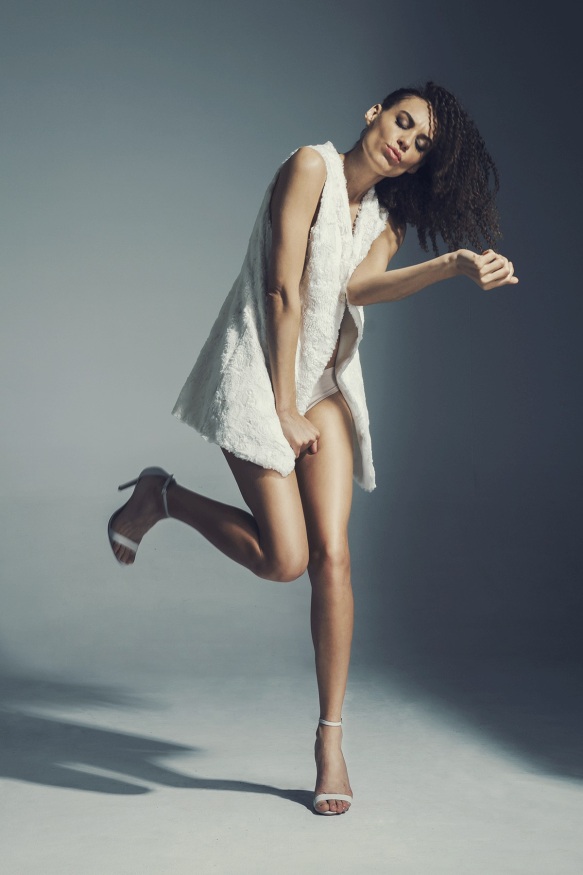
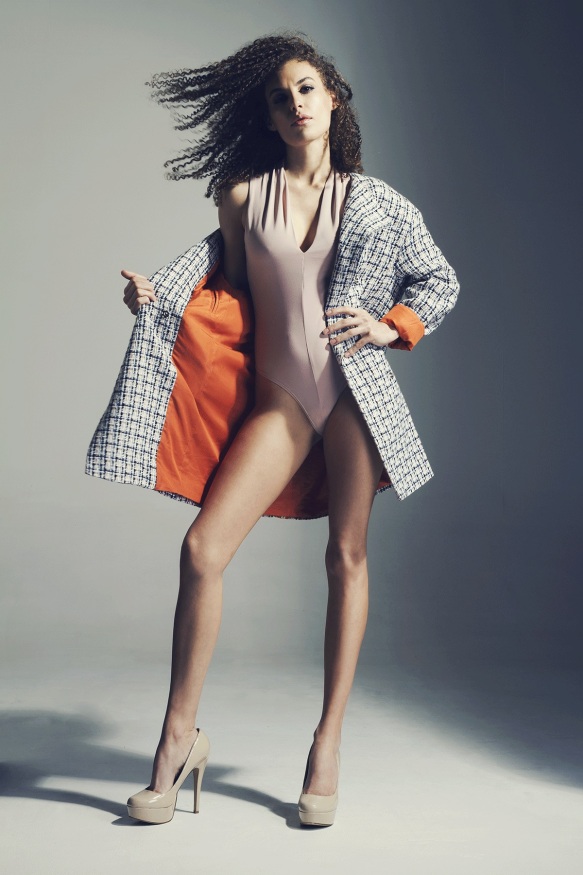
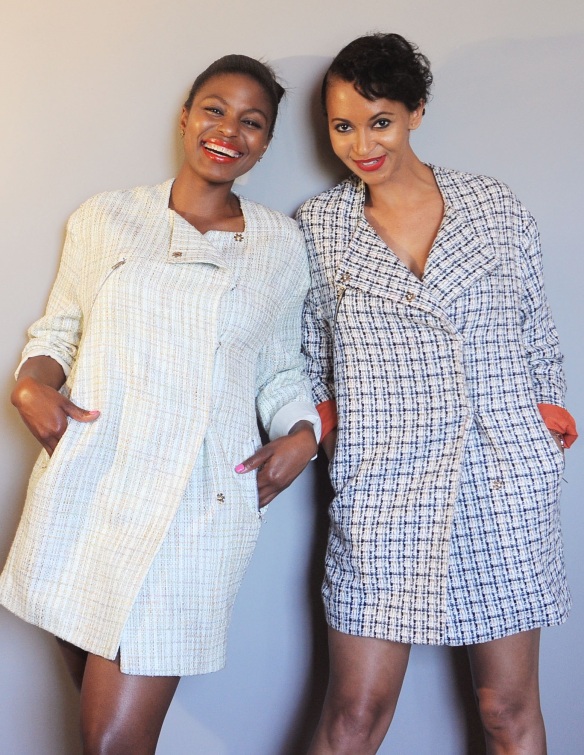
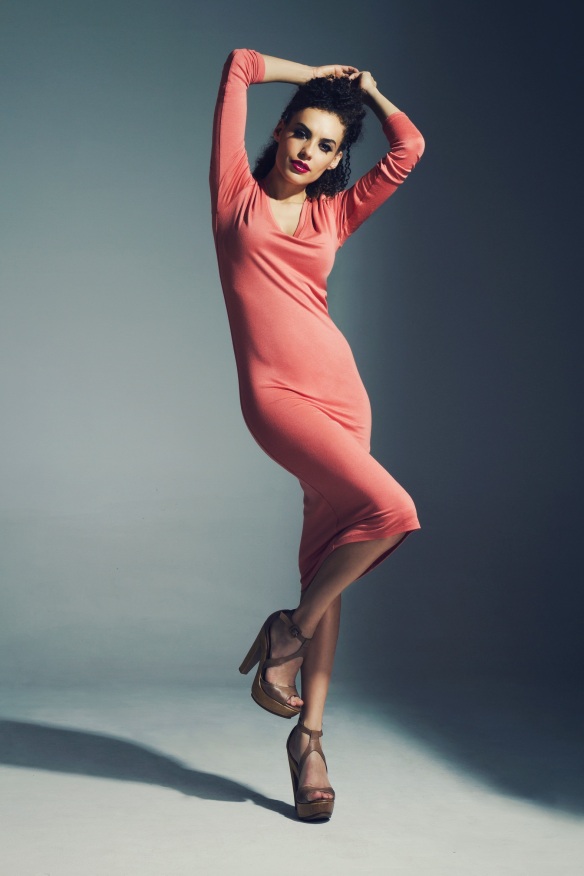
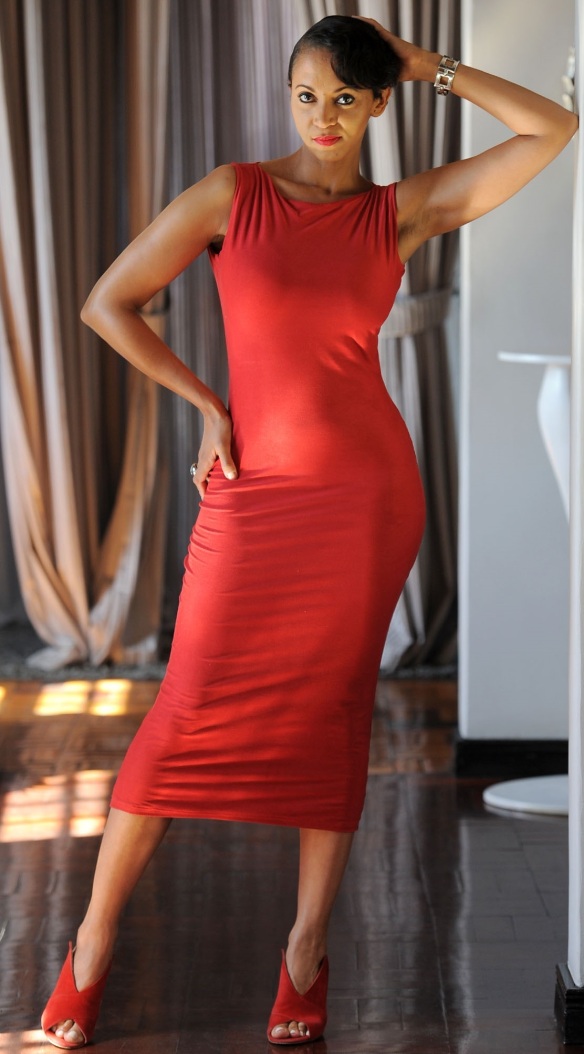
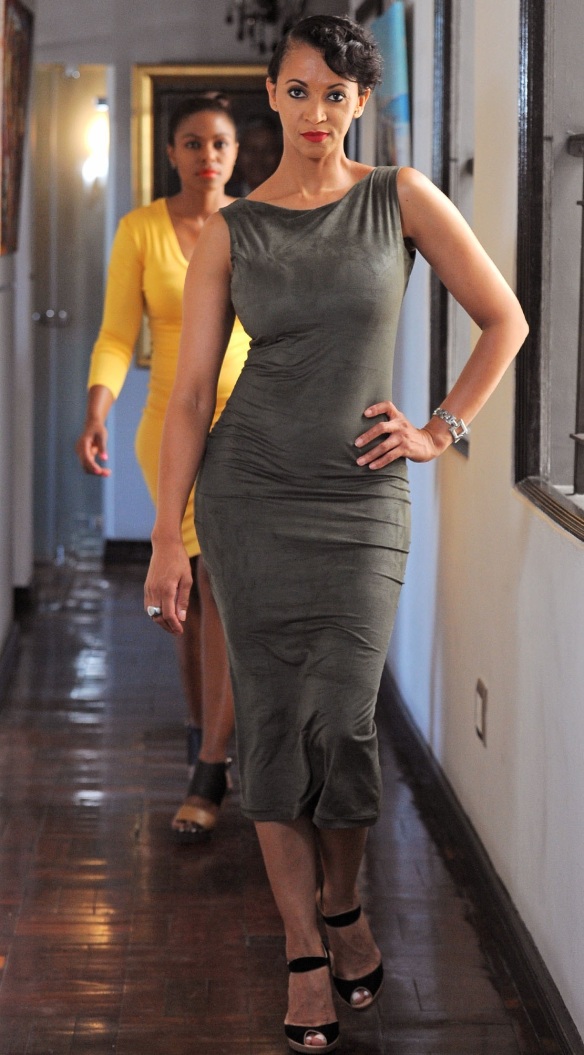
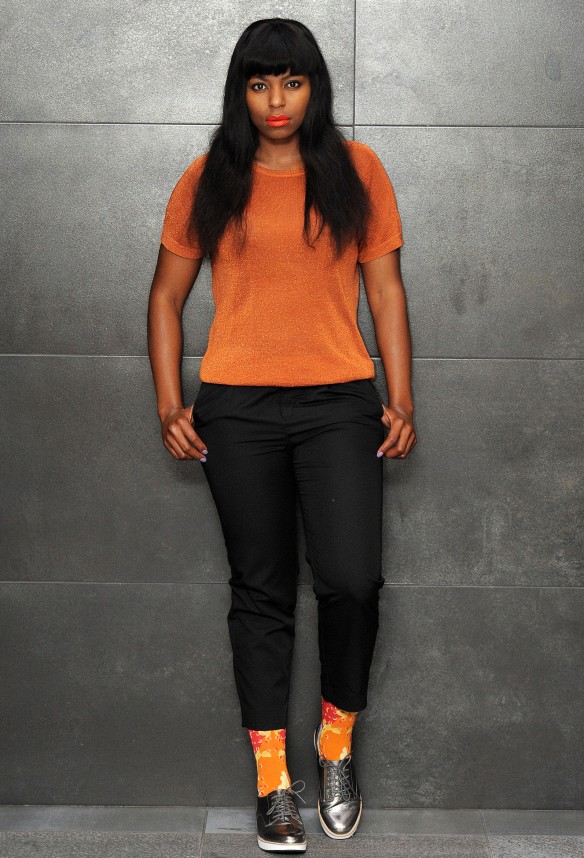
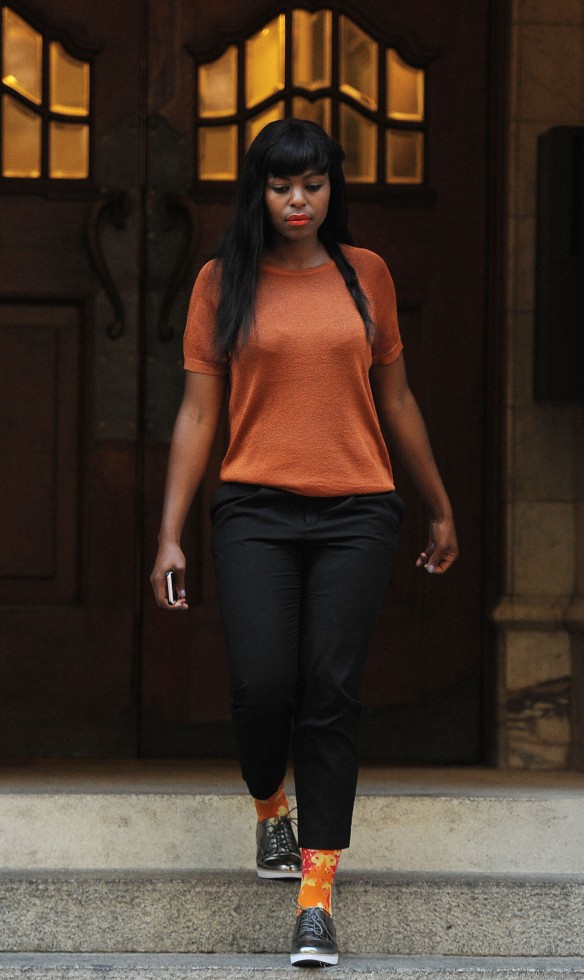
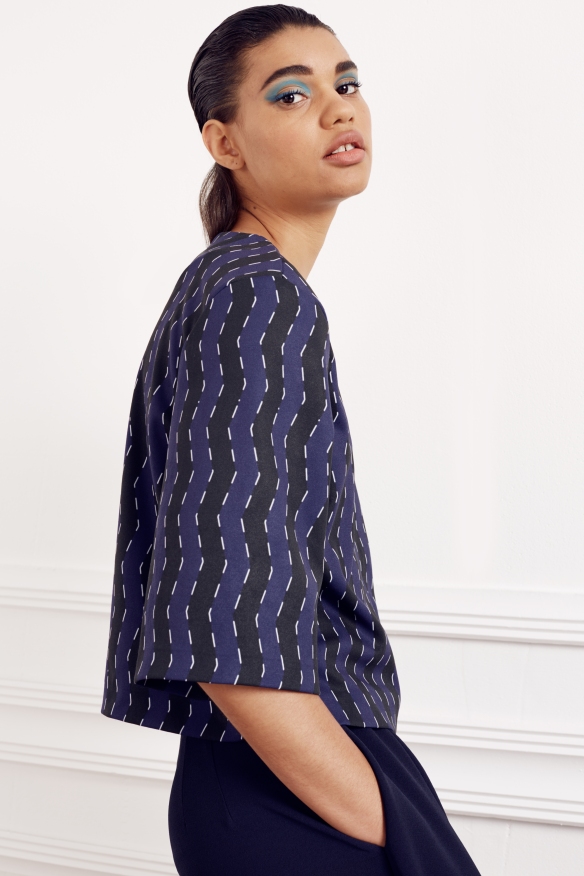
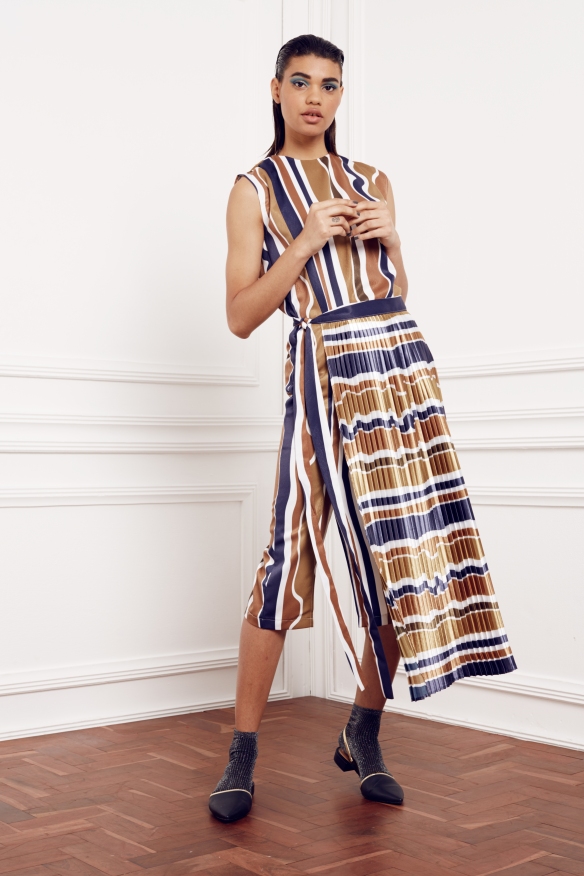

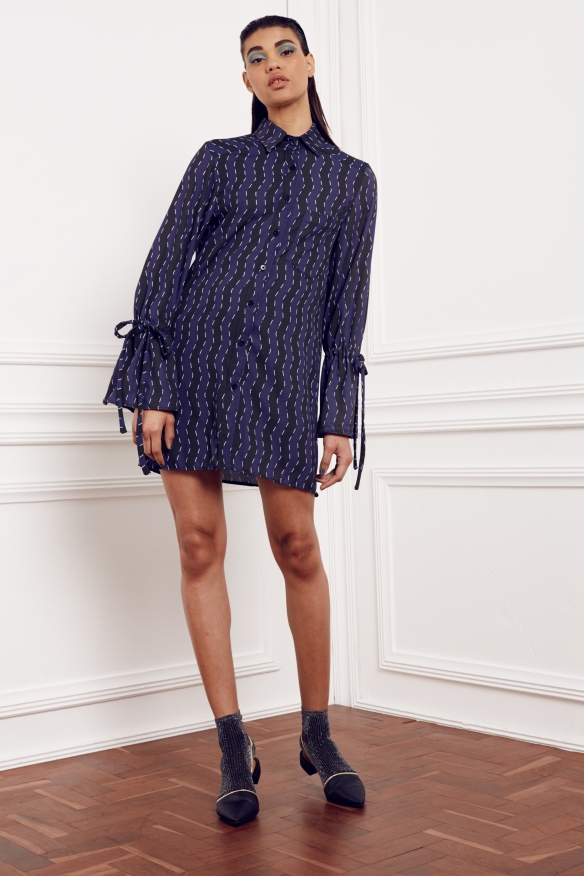
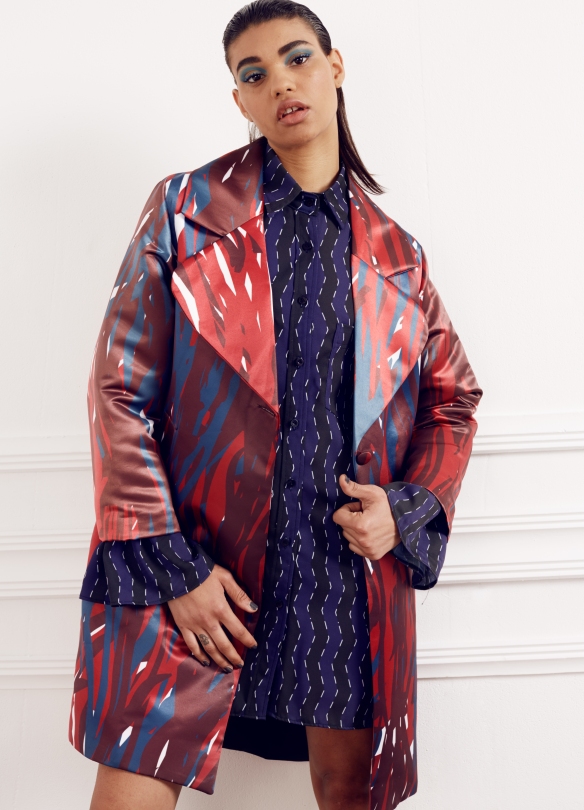
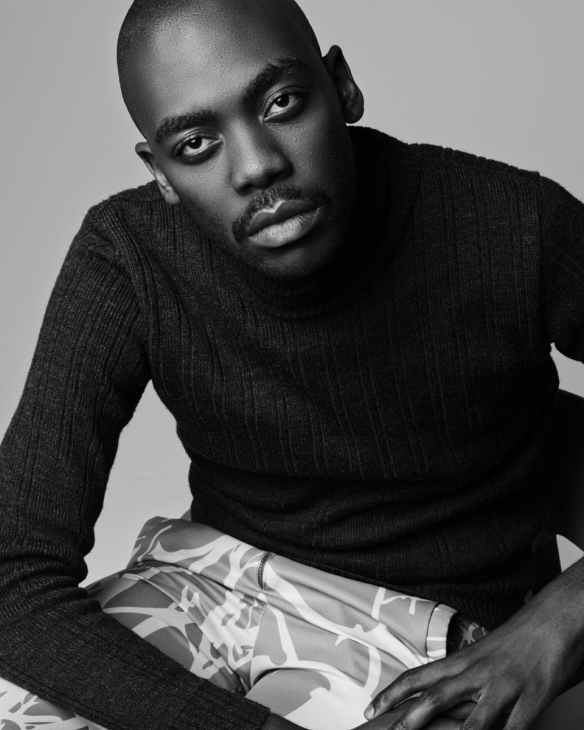 Designer Rich Mnisi
Designer Rich Mnisi